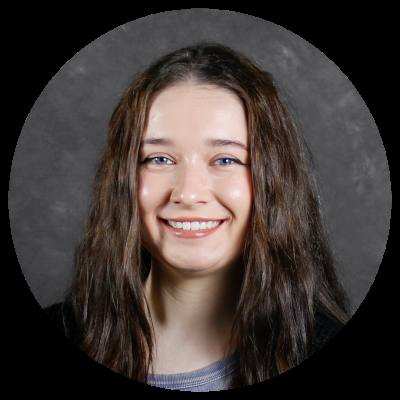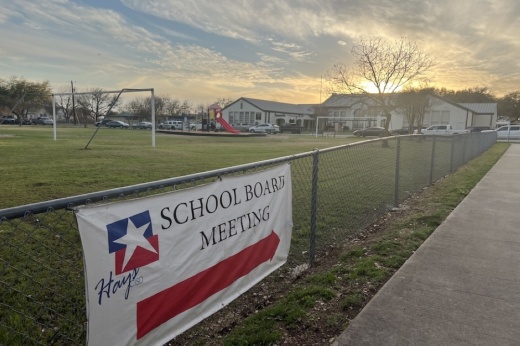The board first discussed the updated agreement during its agenda workshop meeting on March 18. The item, which was expected to be approved during the next regular board meeting on March 25, will be approved at a future meeting after it was canceled following the fatal Tom Green Elementary bus crash on March 22.
The big picture
According to agenda documents, the interlocal agreement, which has been in place since 2005, allows for the district to contract with the river authority for two-way radio service.
District buses and campus staff, along with local fire, law and emergency medical service personnel, utilize handheld radios for safety communication. These radios also often require additional amplification from bidirectional amplifiers, or BDAs, or distributed antenna systems, or DAS, when used inside buildings to increase signal strength.
Jeri Skrocki, Hays CISD chief safety and security officer, said the radio platform was becoming out of date “pretty rapidly,” and the equipment is being phased out by LCRA as it is old technology.
“Currently, you’re dealing with a 700 [megahertz] bandwidth,” Skrocki said. “What we’re trying to do is increase that so [we are] able to communicate with [law enforcement] in the event of a crisis, but also in the event that they are in our buildings, they have the best chance of communicating with people as they’re coming to assist.”
Since radio infrastructure can be limited by concrete, metal or other materials, Skrocki said an evaluation of district buildings will need to be completed first—hopefully beginning this summer—to see where antennas and boosts need to be placed and to ensure campuses are getting the best coverage possible.
“Our goal in this is really to subcontract with LCRA, who are radio experts, to utilize their outsourcing companies to give us that bid, if you will, on what we need to do and where we need to place it,” Skrocki said. “... What we need to do is start incorporating where that triage needs to happen, what locations are most likely to be the weakest, and then from there we would start the systematic replacement of our handhelds ... and then start targeting our fleet vehicles as well.”
The breakdown
According to agenda documents, the evaluation and two-way radio signal are estimated to cost $5,000, with safety grant funds awarded by the Texas Education Agency to be used for this purpose. BDA upgrade costs will be determined once the evaluation is completed and will be funded by safety grant funds.
Future maintenance, upgrades and usage fees could be funded with the general operating fund or bond funds.
“We did prepare during our bond preparation and our talks about making sure that we were anticipating what we were going to need to do to make sure that we’re able to interface with our local first responders,” Skrocki said.
Why it matters
Skrocki said that it is “absolutely imperative” that the district make efforts that allow for assistance to come as quickly as possible.
“From my history and experience, as an officer who is calling for help or needs fire, EMS [or] somebody to assist, there’s nothing worse than trying to communicate on that radio and it’s like a brick,” Skrocki said. “... We don’t have time to run to a window; we don't have time to be texting. We have to be able to push that mic and be able to get people to assist as quickly as possible.”
Skrocki added that the Federal Communications Commission is ultimately going to open up the bandwidths on the radios currently in use, which poses risks.
“What’s going to happen is those are going to be open bands and people will start selling them to other businesses and other people who want to use it, like a trucking company or a concrete company,” Skrocki said. “What you’re going to find is our bands aren’t going to be secure and they need to be. We don’t need people to know where our buses are or where something is that we’re trying to keep confidential. That’s the importance of going to this series as well.”





